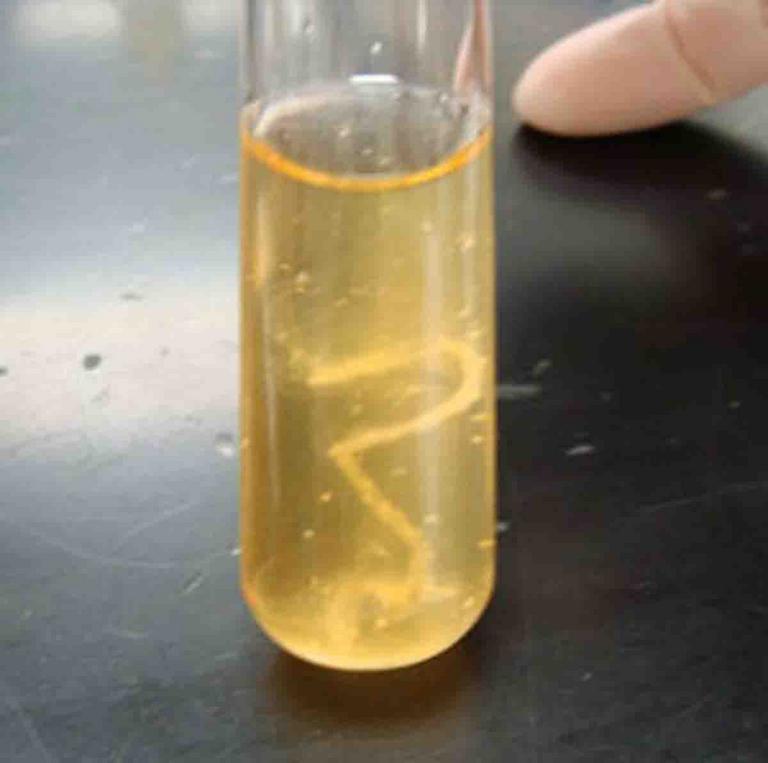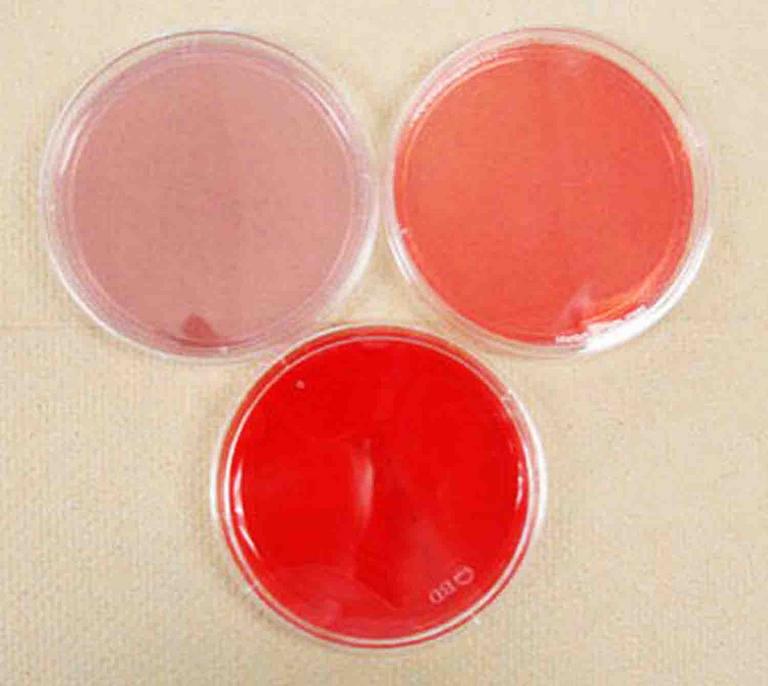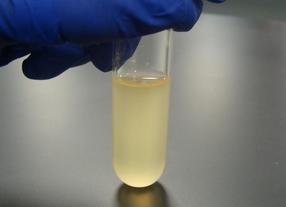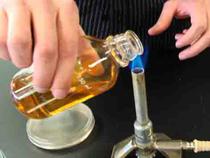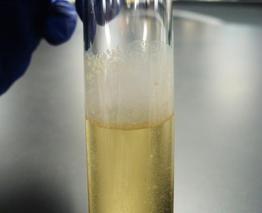 | ||||
Comparison of Liquid & Solid
Bacterial Growth Media
Depending on the growth requirements of the bacteria and the information that the scientist hopes to gain, various types of growth media are available for culturing bacteria. Culturing means cultivating bacteria in a microbiology laboratory environment,
Article Summary: Culture media basically come in solid & liquid form. Here are the main features of liquid nutrient broth versus solid agar used to cultivate bacteria.
Liquid vs. Solid Bacterial Growth Media
Page last updated: 2/2016
SCIENCE PHOTOS
Specialized bacterial growth media. Clockwise from left: MacConkey's, Mannitol Salt & Blood Agar (bottom).
VIDEO: How to Aseptically Pour
Solid Bacterial Growth Media
SPO VIRTUAL CLASSROOMS
 | ||||||
and culture media contain the nutrients and other substances required to cultivate bacteria. There are several characteristics that any culture media must have.
Basic Features of Bacterial Growth Media
Media must be prepared in such a way that it is sterile prior to being inoculated with a particular type of bacteria is cultured on that medium, it is the only type of bacteria present. Growth media must also provide everything the bacterial culture needs to live and grow.
Although there are a wide variety of different media formulations, all culture media can be divided into two very basic categories—liquid and solid.
SCIENCE VIDEOS
Continued ...
Growing Bacterial Cultures in Liquid Nutrient Broth
Nutrient broth is a liquid bacterial growth medium made of powdered beef extract and short chains of amino acids that have been dissolved in water. Liquid medium is convenient to use for growing bacteria in test tubes, and can reveal information about the oxygen requirements of bacteria growing within.
Bacteria that require oxygen will grow close to the water’s surface, and bacteria that cannot tolerate the presence of oxygen will grow at the bottom of the test tube.
Above: Staphylococcus bacteria grow throughout the liquid media, making it turbid and cloudy. Below: Waxy Mycobacterium form a "pellicle", a biofilm at the liquid-air interface of medium.
Growing Bacterial Cultures on Solid Media
Sometimes solid, rather than liquid, growth media are required. Broth media can be made solid by adding agar, a gel like polysaccharide (big sugar) extracted from red algae. Broth with about 1.5% agar added will be liquid when heated, but solid at room temperature, making it easy to pour into a vessel, such as a Petri dish or test tube when hot. The solution then becomes solid once cooled.
Warm bottle of TSY Agar:
Neck of container being sterilized with Bunsen burner flame after pouring liquid agar into Petri dishes to solidify.
You have free access to a large collection of materials used in two college-level introductory microbiology courses (8-week & 16-week). The Virtual Microbiology Classroom provides a wide range of free educational resources including PowerPoint Lectures, Study Guides, Review Questions and Practice Test Questions.
Flocculent (clumpy) bacterial growth swirled into a tornado pattern.
